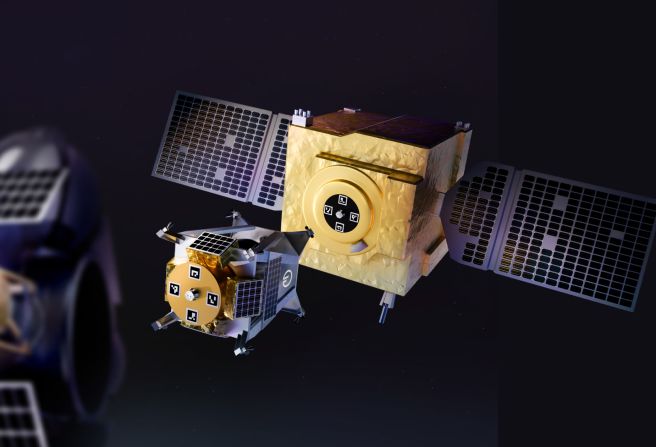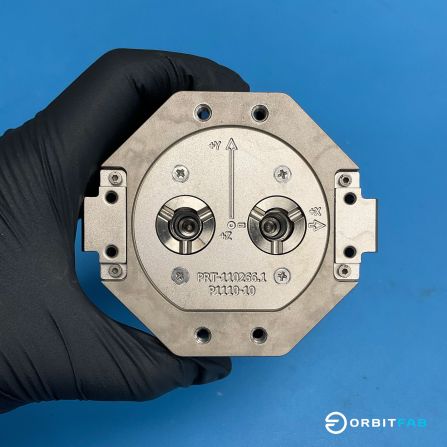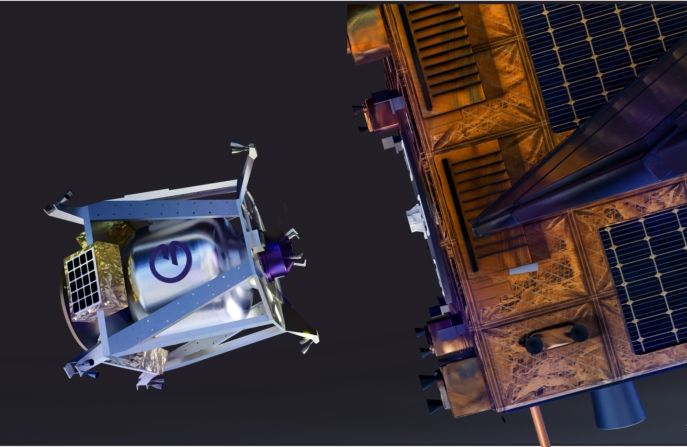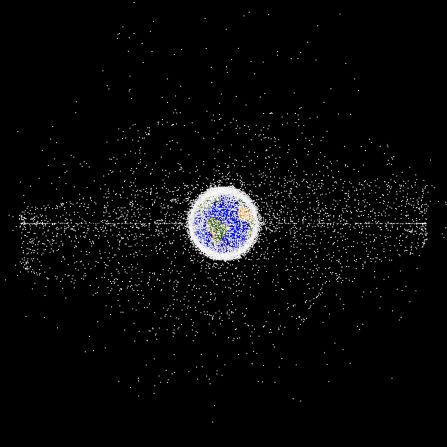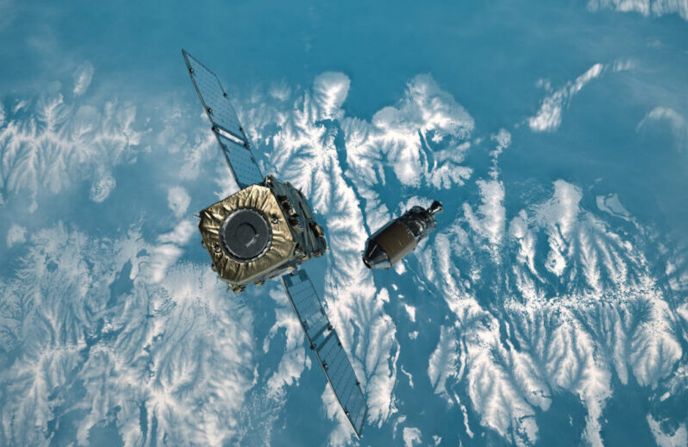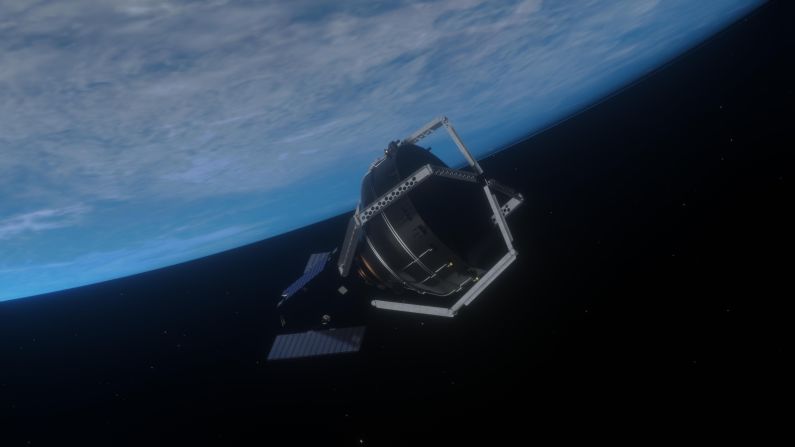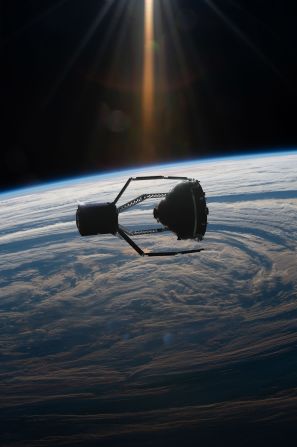Since the dawn of the space age — the launch of the Sputnik I in 1957 — humans have sent over 15,000 satellites into orbit. Just over half are still functioning; the rest, after running out of fuel and ending their serviceable life, have either burned up in the atmosphere or are still orbiting the planet as useless hunks of metal.
As such, they pose a threat to the International Space Station and to other satellites, with the European Space Agency estimating that over 640 “break-ups, explosions, collisions, or anomalous events resulting in fragmentation” have occurred to date.
That has created an aura of space junk around the planet, made up of 36,500 objects larger than 10 centimeters (3.94 inches) and a whopping 130 million fragments up to 1 centimeter (0.39 inches). Cleaning up this debris is costly and complicated, with several plans to do so but no tangible results yet.
One way to start tackling the problem would be to stop producing more junk — by refueling satellites rather than decommissioning them once they run out of power.
“Right now you can’t refuel a satellite on orbit,” says Daniel Faber, CEO of Orbit Fab. But his Colorado-based company wants to change that.
“When satellites run out of fuel, you can’t keep them in the right place in orbit and they become dangerous debris, floating around at very high velocities and risking collisions,” Faber explains. “But also, the lack of fuel creates a whole paradigm where people design their spacecraft missions around moving as little as possible.
“That means that we can’t have tow trucks in orbit to get rid of any debris that happens to be left. We can’t have repairs and maintenance, we can’t upgrade anything. We can’t inspect anything if it breaks. There are so many things we can’t do and we operate in a very constrained way. That’s the solution we’re trying to deliver.”
Space surgery
The concept of refueling and servicing satellites in orbit was pioneered by NASA in 2007, when — in collaboration with DARPA (the research arm of the US Department of Defense) and Boeing — it launched Orbital Express, a mission involving two purpose-built satellites that successfully docked and exchanged fuel. Later, NASA worked on the Robotic Refueling Mission (RRM), which further explored the challenges of refueling existing satellites.
Now the agency is working on OSAM-1, which was scheduled to launch in 2026 and will attempt to grab and refuel Landsat-7, an Earth-observation satellite that has run out of gas.
“This is a mission to refuel a satellite that wasn’t prepared to be refueled,” says Faber. “So they effectively have to do surgery on the satellite, cutting into it to get access to the fuel pipes. This allows for impressive satellite repair capability, but it comes at a price.” NASA said that OSAM-1 will cost about $2 billion in total.
Orbit Fab has no plans to address the existing fleet of satellites. Instead, it wants to focus on those that have yet to launch, and equip them with a standardized port — called RAFTI, for Rapid Attachable Fluid Transfer Interface — which would dramatically simplify the refueling operation, keeping the price tag down.
“What we’re looking at doing is creating a low-cost architecture,” says Faber. “There’s no commercially available fuel port for refueling a satellite in orbit yet. For all the big aspirations we have about a bustling space economy, really, what we’re working on is the gas cap — we are a gas cap company.”
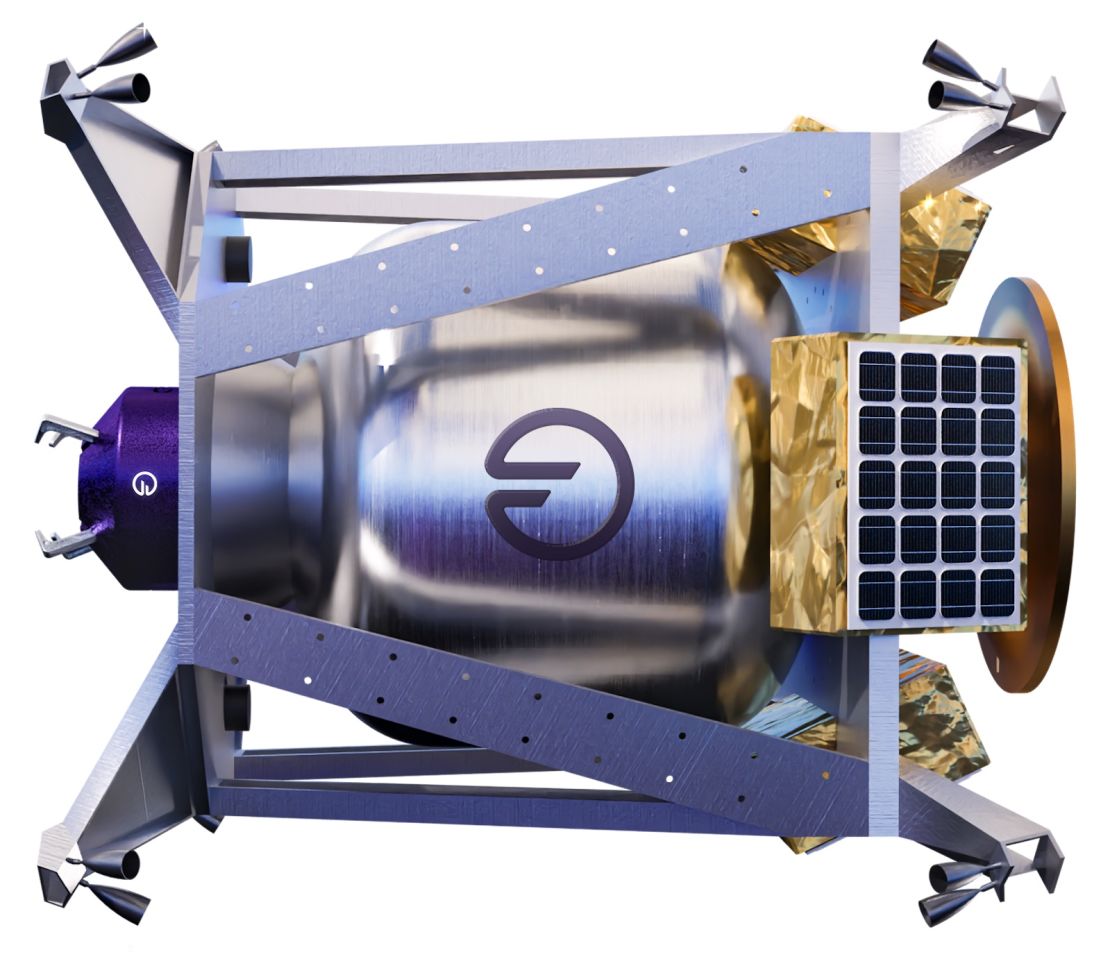
Orbit Fab, which advertizes itself with the tagline “gas stations in space,” is working on a system that includes the fuel port, refueling shuttles — which would deliver the fuel to a satellite in need — and refueling tankers, or orbital gas stations, which the shuttles could pick up the fuel from. It has advertized a price of $20 million for on-orbit delivery of hydrazine, the most common satellite propellant.
In 2018, the company launched two testbeds to the International Space Station to test the interfaces, the pumps and the plumbing. In 2021 it launched Tanker-001 Tenzing, a fuel depot demonstrator that informed the design of the current hardware.
The next launch is now scheduled for 2024. “We are delivering fuel in geostationary orbit for a mission that is being undertaken by the Air Force Research Lab,” says Faber. “At the moment, they’re treating it as a demonstration, but it’s getting a lot of interest from across the US government, from people that realize the value of refueling.”
Orbit Fab’s first private customer will be Astroscale, a Japanese satellite servicing company that has developed the first satellite designed for refueling. Called LEXI, it will mount RAFTI ports and is currently scheduled to launch in 2026.
An original approach
According to Simone D’Amico, an associate professor of astronautics at Stanford University, who’s not affiliated with Orbit Fab, on-orbit servicing is one of the keys to ensuring a safe and sustainable development of space. “Could you imagine a ground mobility infrastructure, roads and cities, without gas stations and auto repair shops? Could you imagine single-use cars or airplanes?” he asks. “The development of space infrastructure and the proliferation of space assets is reaching a critical volume that is not sustainable anymore without a change of paradigm.”
D’Amico adds that there are many reasons why this hasn’t happened earlier, including, until recently, a lack of perceived need given the limited number of spacecraft, and the fact that on-orbit servicing technology has only now become economically viable due to progress in satellite miniaturization.
He believes that Orbit Fab is original, especially from a marketing perspective. “It’s probably the only company in the world that has positioned itself to deploy ‘gas stations’ in orbit,” he says. “I think Orbit Fab’s approach is really visionary and can pay off in the mid to long term. However, it has high risk in the short term, since satellites have to be designed having reusability and refueling in mind.”
Initially, Orbit Fab plans to find its market as a supplier of fuel to companies, such as Astroscale, that are planning to inspect, repair and upgrade satellites in orbit, or perform debris collection. According to Faber, succeeding in this sector could then convince the big telecom corporations, which operate a large number of satellites, to shake up their business model and embrace refueling and servicing.
He adds that once the pattern of sending and delivering fuel in orbit is established, the next step is to start making the fuel there. “In 10 or 15 years, we’d like to be building refineries in orbit,” he says, “processing material that is launched from the ground into a range of chemicals that people want to buy: air and water for commercial space stations, 3D printer feedstock minerals to grow plants. We want to be the industrial chemical supplier to the emerging commercial space industry.”


